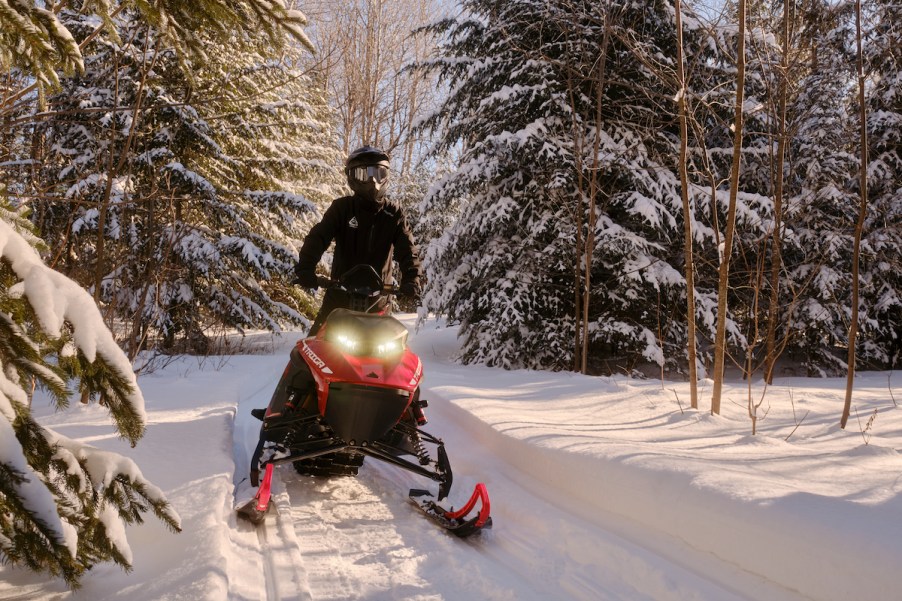
5 Snowmobile Maintenance Steps You Should Never Ignore
Winter is coming, and snow will soon fall if it hasn’t already. Now is the time to do your snowmobile maintenance. Performing upkeep on your sled increases its lifespan and ensures your safety on the trails. Snowmobile maintenance becomes easier when you disassemble it into its major systems. Like a motorcycle, a snowmobile has a motor, a drivetrain, and steering, braking, and lighting systems. By carefully inspecting each of these systems, you can ensure your sled is ready for the next snowfall.
You should perform a few steps to ensure your equipment is ready when the trails reopen this winter. Follow these snowmobile maintenance tips to help you get ready quickly.
1. Maintain a record of critical information about parts and their expected lifespans

Keep track of essential maintenance milestones to know when to replace parts. If the engine’s alternator is specified in the owner’s manual to last 10,000 hours, keeping detailed notes after each trip can help you stay on top of routine snowmobile maintenance and avoid breakdowns on the trail. It also contributes to the overall health of your snowmobile, according to American Family Insurance.
If you don’t record every mile of your snowmobile trip, you could lose track of regular maintenance. Keep the owner’s manual with your notes to access service information easily.
2. Remove debris from the air box before riding your snowmobile
Debris from other sleds around you can clog your snowmobile’s air intake. Every time you start your snowmobile, inspect the air box. If your engine’s intake is partially obstructed, low oxygen levels could significantly reduce its lifespan.
Failure to clean the air box could damage the engine, rendering it inoperable, and will quickly turn a fun day of riding into a long walk back home.
3. Examine the brakes
Every time you start your snowmobile, test the brakes. Open the hood, check the brake fluid reservoir, and top it off as needed. Also, inspect the machine’s underside for oil leaks. Clean any spills or internal leaks promptly because brake fluid is highly corrosive. In addition, poorly maintained brakes increase the risk of collisions.
4. Check the snowmobile’s rear suspension components
The shocks and suspension prevent the sled from bouncing and ensure a smoother, safer ride. “Look for rips, tears, or chunking in the rubber” of your unit’s rear idler wheels and “spin each wheel by hand to ensure the wheels spin freely and easily,” BRP says. In addition, inspect the chassis and rear skid lubrication. If you notice a lack of lubrication, use a low-temperature grease on the fittings. “This will remove any water that has crept into the suspension joints and keep everything moving freely all season long,” BRP reports.
5. Inspect the slides and tracks
Examine your snowmobile’s slides and hyfax to check there’s enough material. Compare the slide’s thickness in the middle and at the ends. If the tips are noticeably thinner than the midsection, it might be time to replace them, American Family Insurance explains.
Also, inspect the track for rips, missing lugs, and lost track clips. If the track is torn, replace it as soon as possible. Missing lugs could put your tracks in danger of losing rubber, damaging the entire track. In the worst-case scenario, a snapped track could strand you far from home.
Record your miles traveled in a snowmobile maintenance journal every time you return from an outing. That way, you can better determine when to replace the slides.


